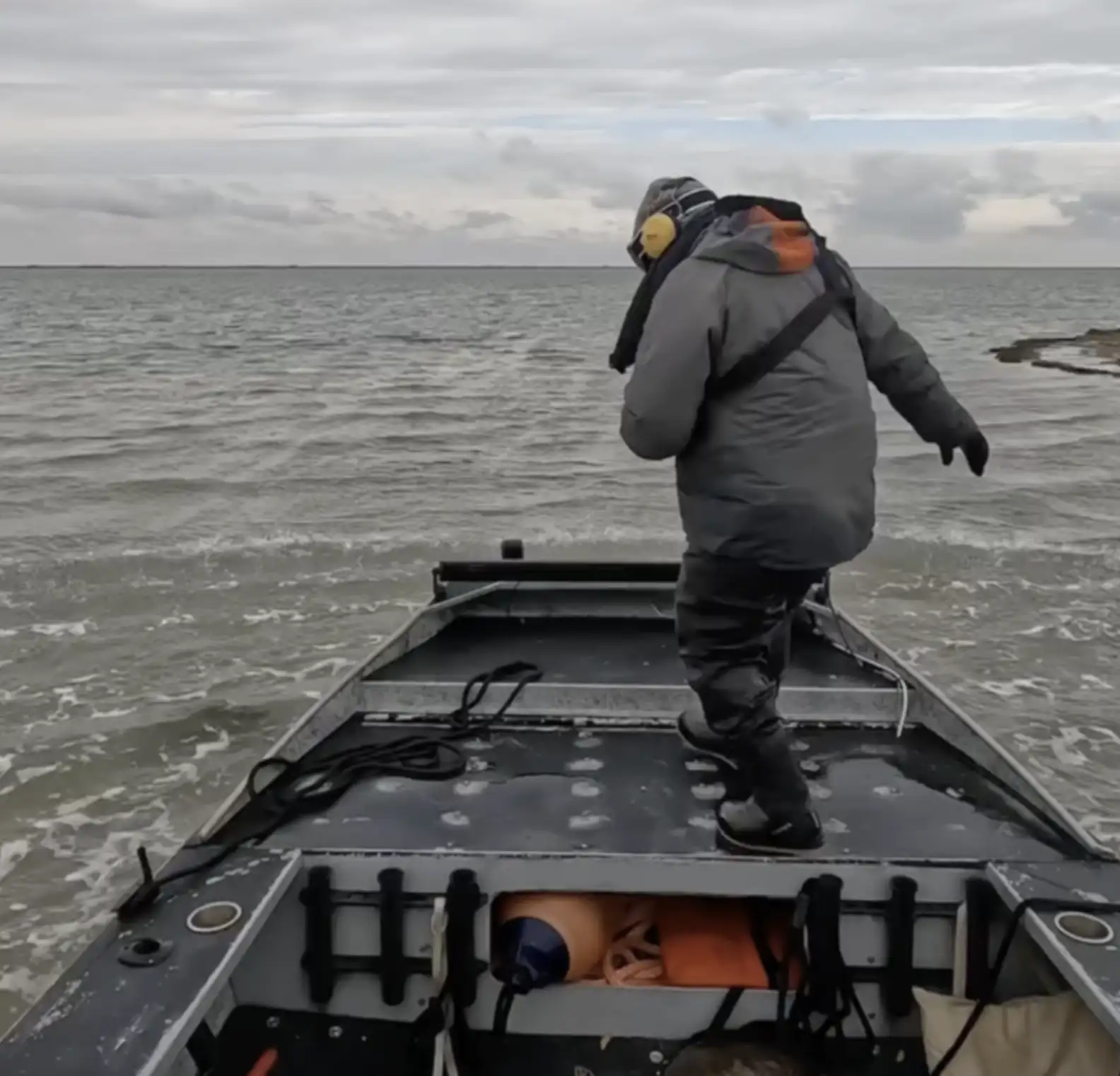How One Captain Became a Lifeline for Cold-Stunned Sea Turtles
It was a bitterly cold day in January 2018 when Captain Brandon Upton spotted something unusual floating in the waves. As the owner of Sea Tow, an on-water assistance company in Corpus Christi, Texas, Upton was used to helping boaters with fuel deliveries, battery jumps, and other maritime issues. But that day, his mission was different—he was about to embark on a rescue unlike any he had experienced before.
“I stopped to check it out and realized it was a sea turtle,” Upton told The Dodo. “I didn’t touch it because I knew they were endangered and protected. But as I continued on, I saw more and more sea turtles and was very confused. In all my years on the water, I had never seen anything like it.”
Concerned, Upton contacted experts at Padre Island National Seashore (PINS), who explained the dire situation and gave him instructions on how to help. That moment marked the beginning of his unexpected journey into sea turtle rescue.
The Danger of Cold-Stunning
When temperatures drop too low, sea turtles can become “cold-stunned,” a condition that renders them immobile and vulnerable.
“Cold-stunned sea turtles lose their ability to swim, which causes them to float to the surface, where they can be struck by boats or wash ashore, making them easy targets for land predators,” Upton explained. “They even lose the ability to lift their heads out of the water to breathe, which can lead to drowning.”
While sea turtle rescue usually requires special training, Upton found himself learning on the job. On that first day, in the midst of an emergency, he and his team loaded up two or three boatloads of floating turtles.
A Lifelong Mission
Since that fateful day, Upton has made sea turtle rescue a priority. During the winter months, he now closely monitors water temperatures and patrols the windward-facing islands and shorelines whenever a cold-stunning event is underway. Using his airboat, he scans the waves for stranded turtles, often filling his boat with dozens of freezing reptiles.
Once rescued, the turtles are transported to a local rehabilitation center by PINS volunteers. There, they are kept warm and safe until water temperatures rise above 56 degrees Fahrenheit. Depending on the severity of the cold snap, this recovery period can last anywhere from a few days to weeks. To ensure their best chance of survival, the rehabilitated turtles are released into the Gulf of Mexico rather than the shallower waters of Laguna Madre, where they would be more susceptible to future cold-stunning events.
A Passion for Wildlife
For Upton, lending a helping hand to animals in need has always been second nature.
“I’ve always been an animal lover,” he said. “I’m the kind of guy who will take a spider outside or help a turtle cross the road. Pets have always been family.”
He’s also proud that his Sea Tow equipment, designed for assisting boaters, has found a greater purpose in wildlife conservation.
“When I witnessed cold-stunned sea turtles for the first time, it was only natural for me to use my resources to help,” Upton said. “It feels good knowing we’re contributing to the survival of this endangered species and making a difference in our community.”
Through his continued efforts, Upton is not only saving turtles—he’s playing a vital role in preserving a species on the brink.
